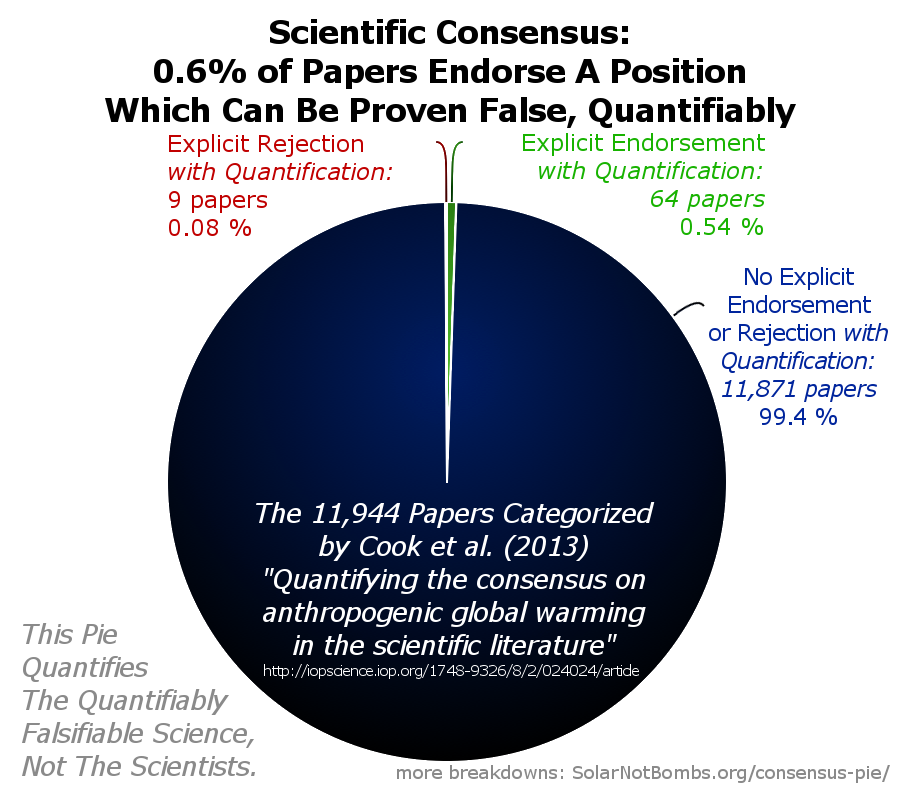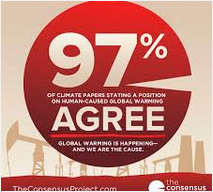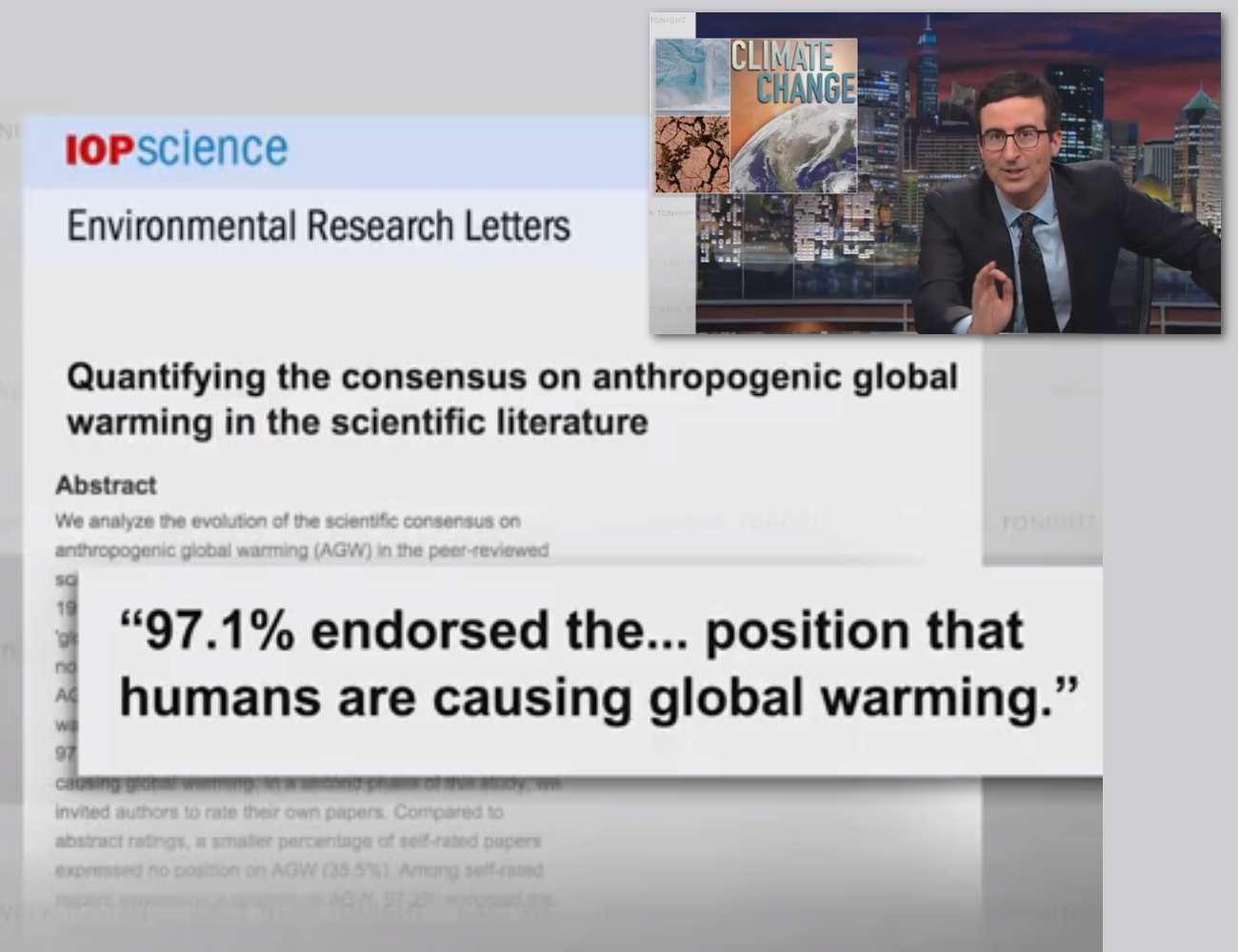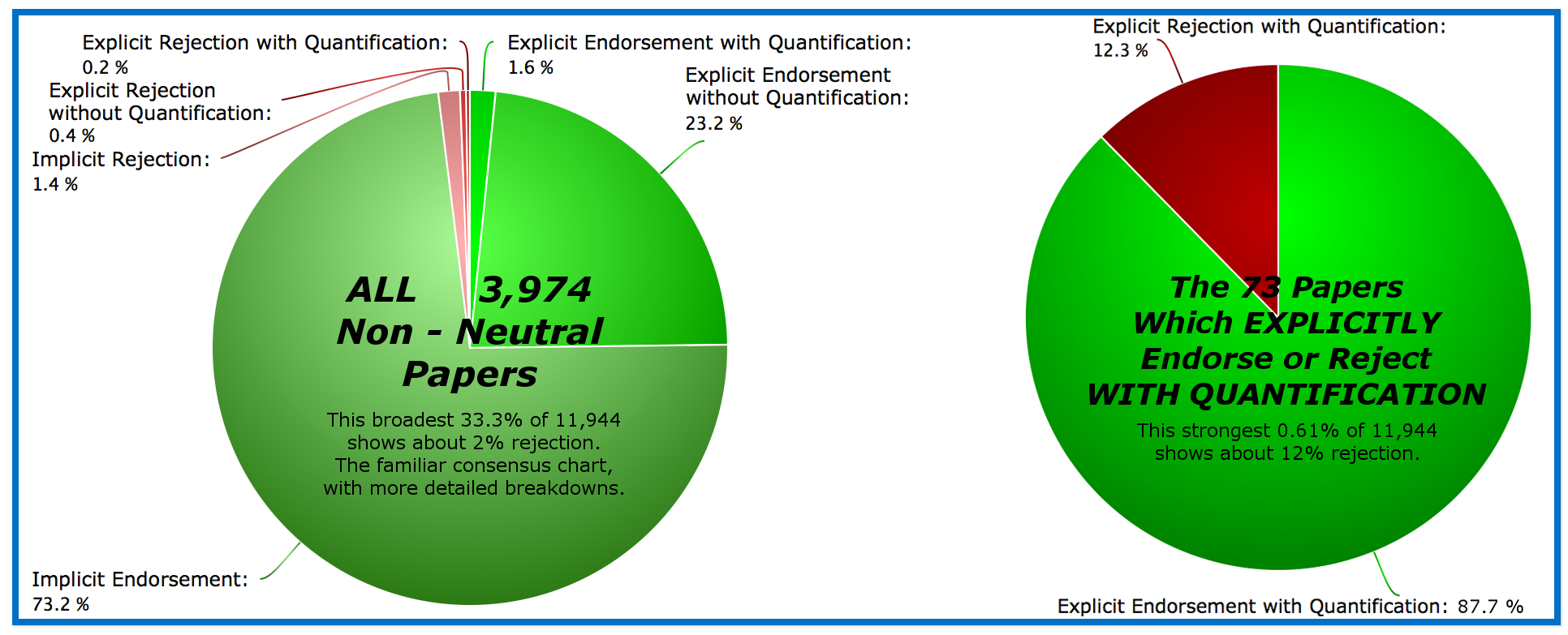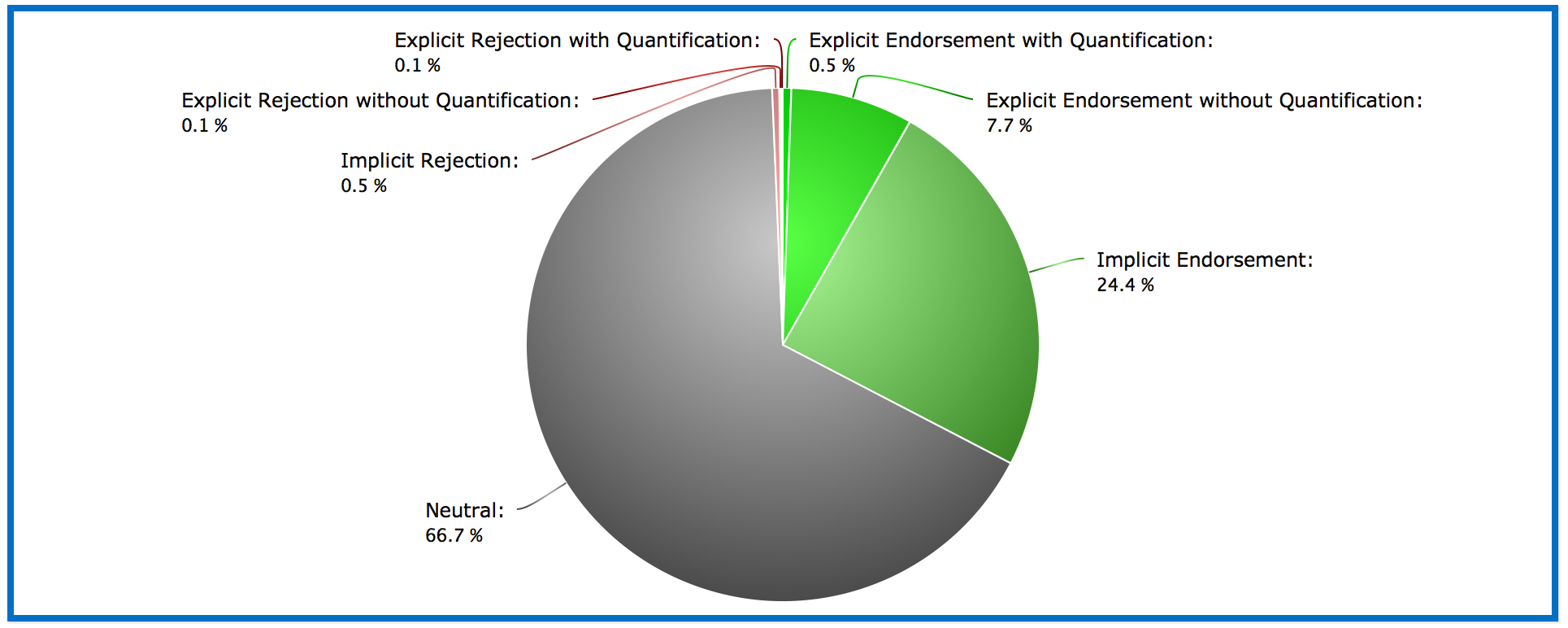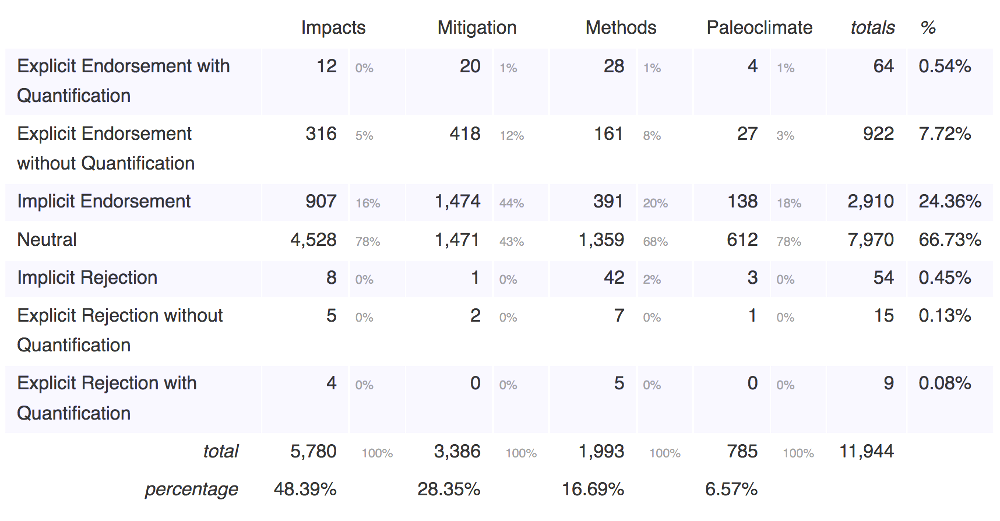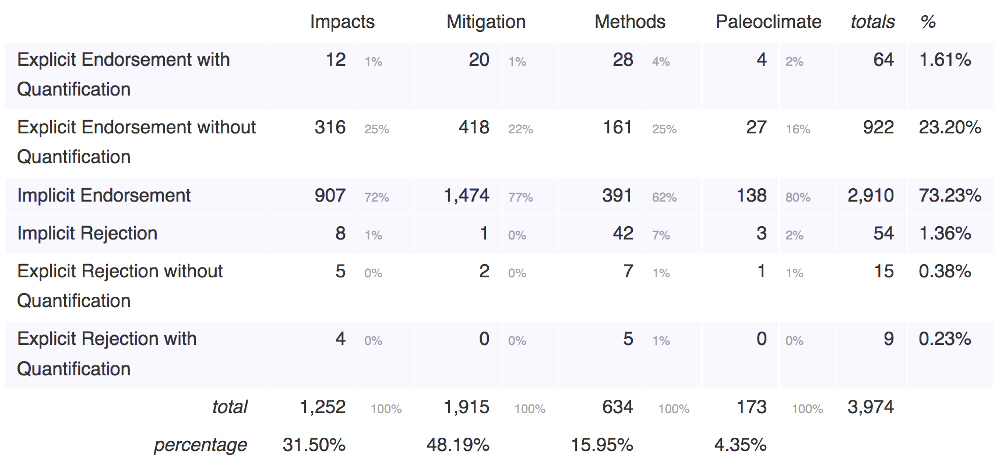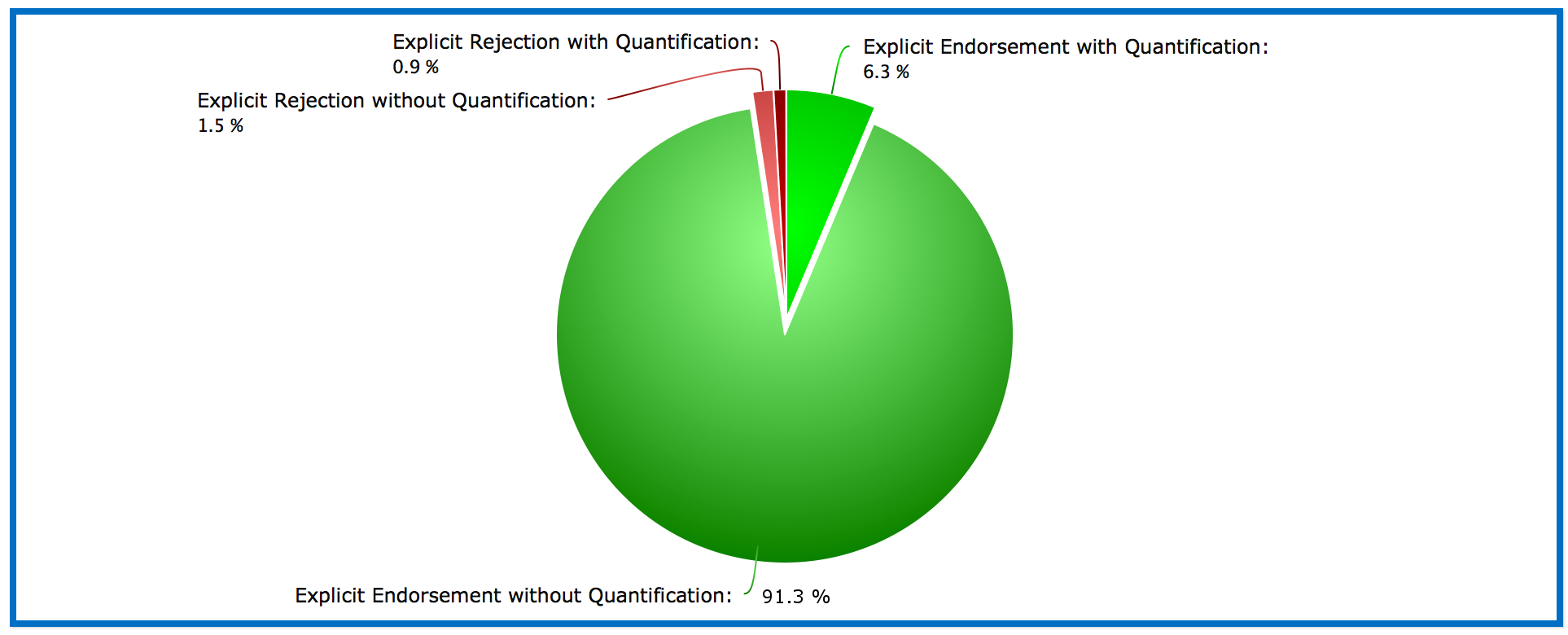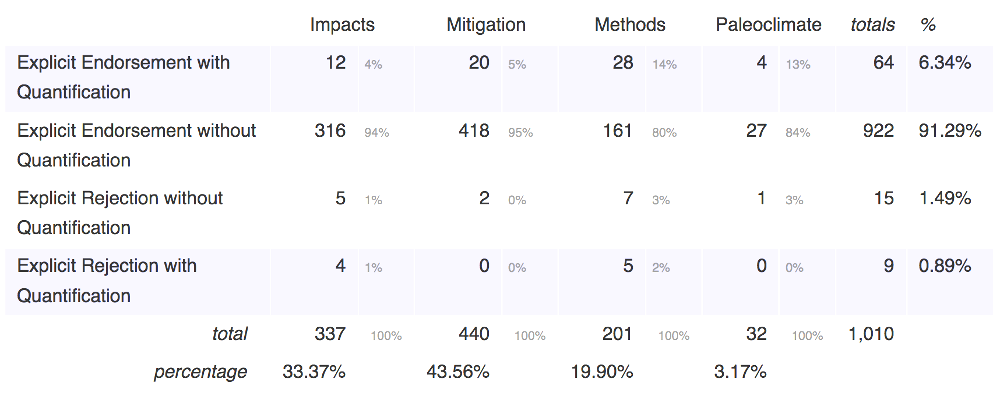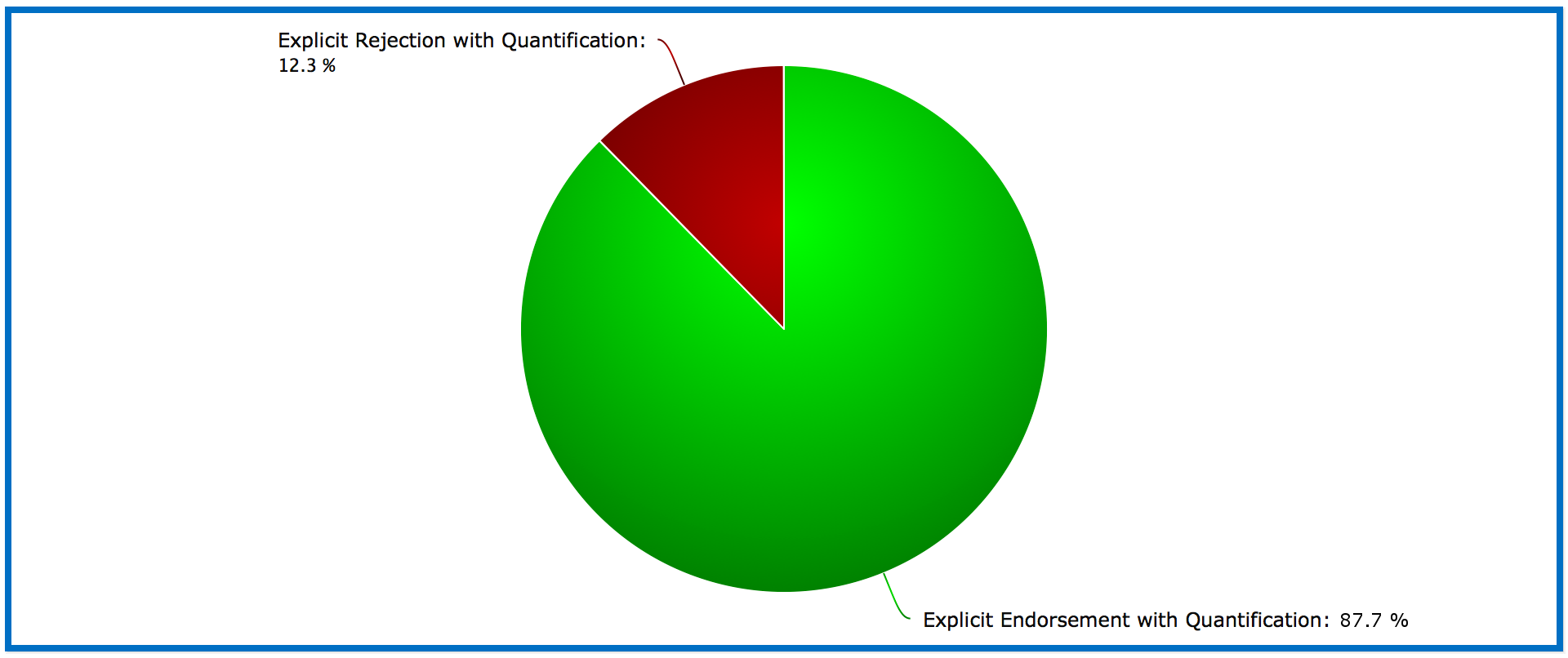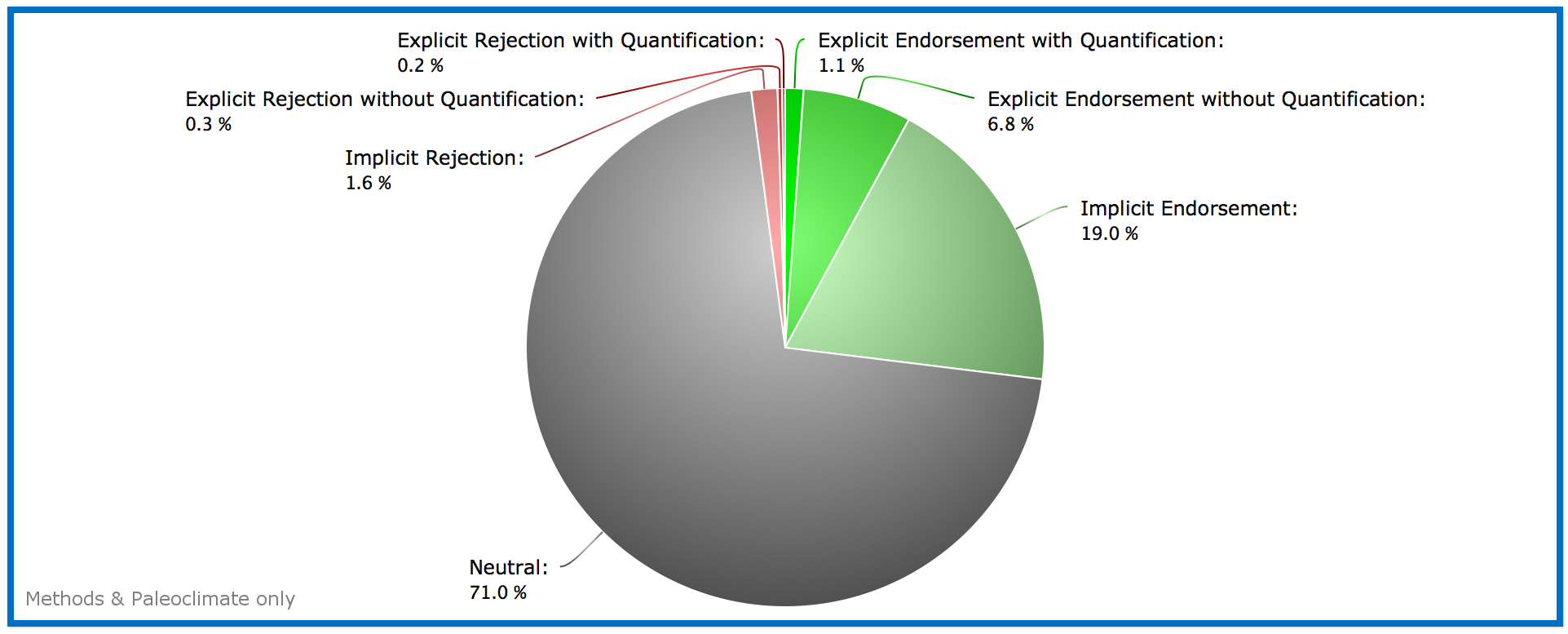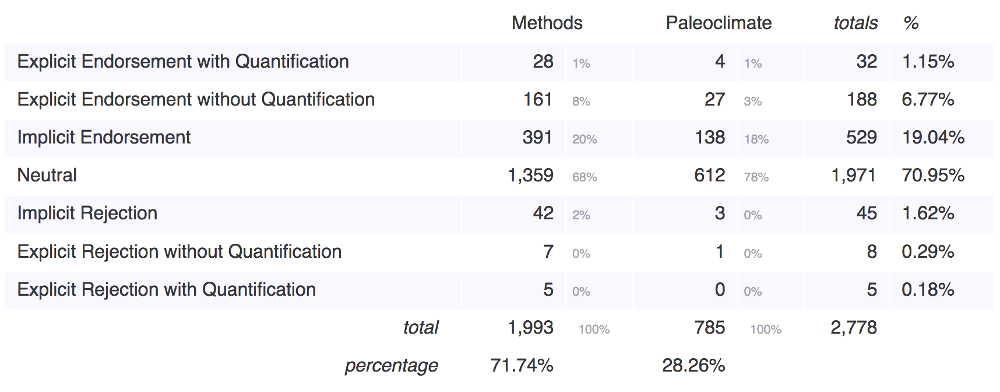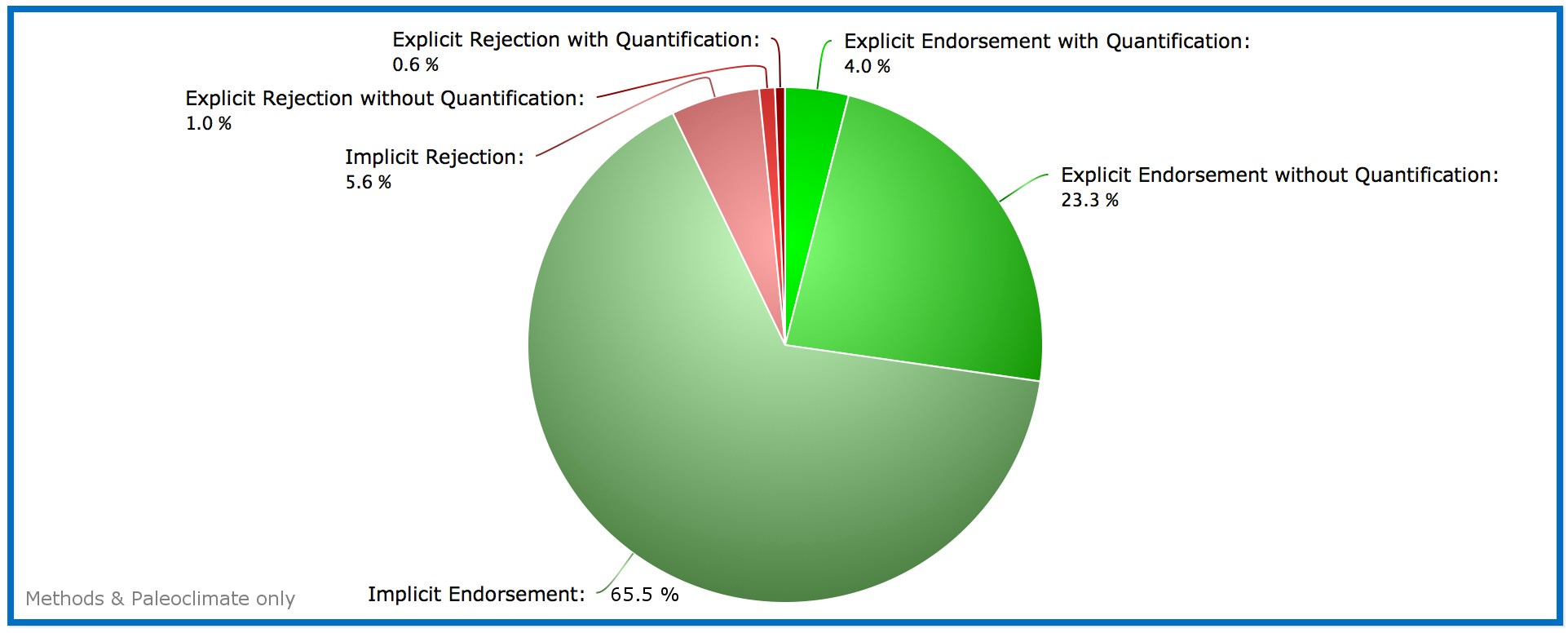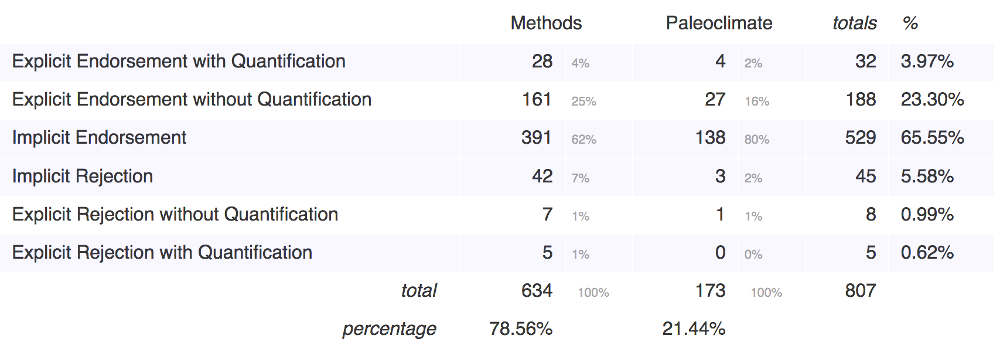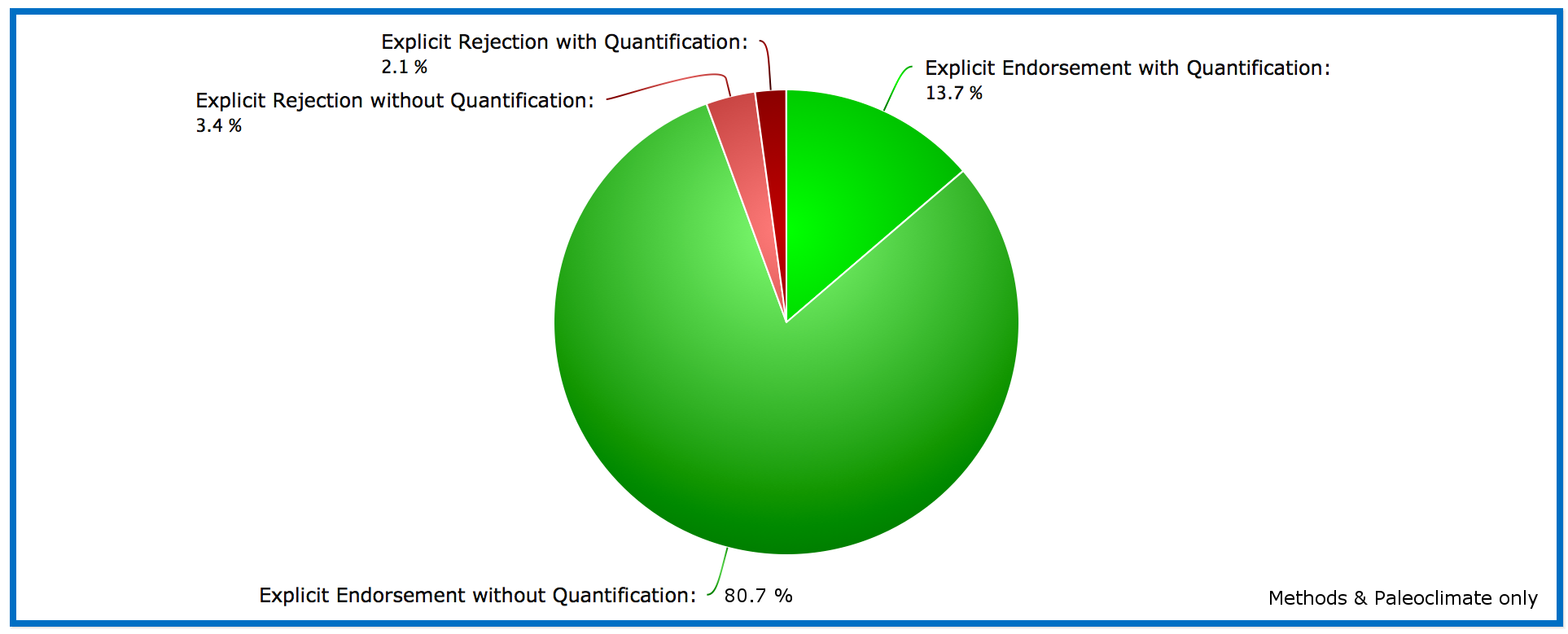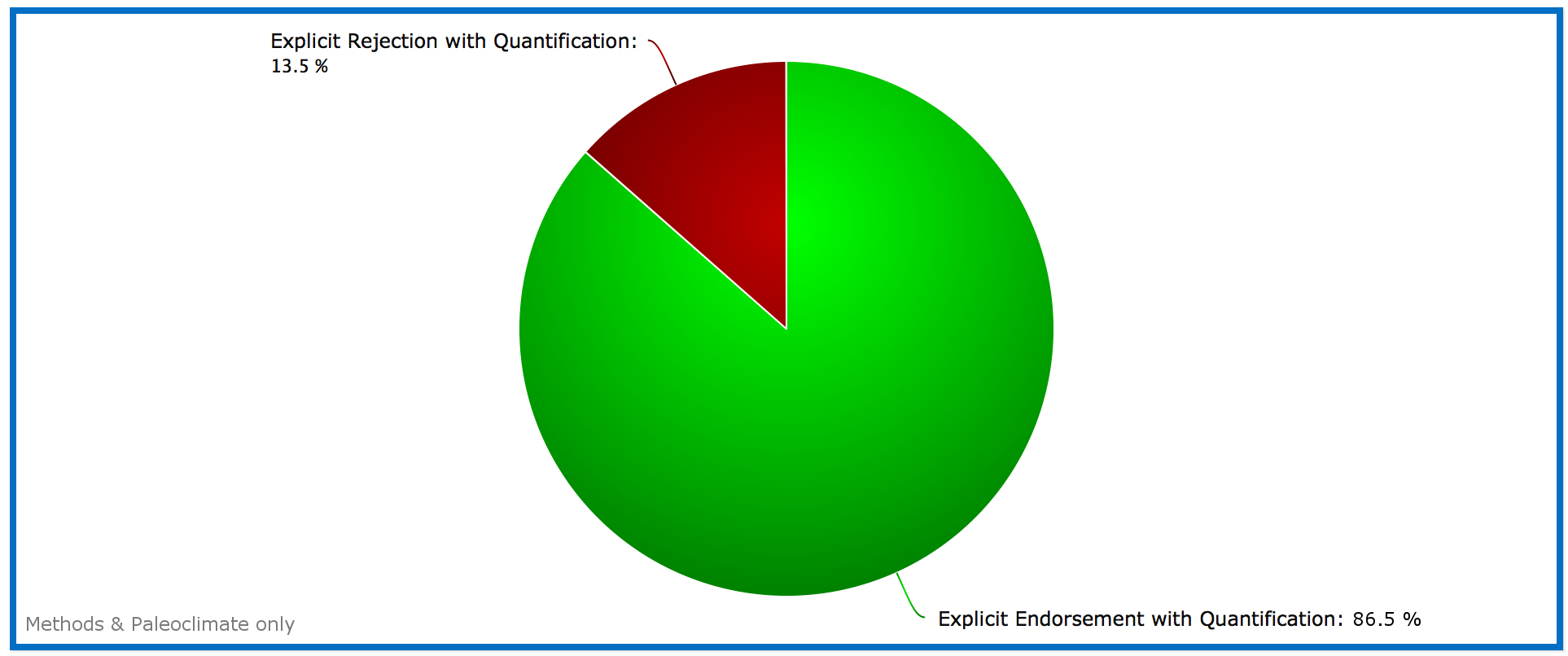Solar Not Bombs part 3, by Morgan Lesko, March 2015
I am clearly in strong support of outgrowing fossil fuel use and abuse, but strategies which are built atop faulty premises are more likely to backfire in the long term and/or solve the wrong parts of our problems. And without mutual respect, we also easily fail to find unifying solutions.

The scientific method kicks ass because experiments can be repeated to prove accurate or not. You could measure a ball rolling down the same hill hundreds of times and find that at least 99% of the time, it takes between 4.15 and 4.20 seconds. Others could replicate your experiment, and potentially prove it false. If never proven false and only further confirmed, some scientific certainties become useful in creating reliable technologies.
This is the actionable reason why the average person fucking loves science. But claiming “sometimes the ball rolls down some hills,” noone could prove you wrong and your experiment would not be very useful. Falsifiability is crucial for the strongest sciences.
I wanted to take a closer look at the 97% climate change consensus study seen everywhere. Thankfully, the “most comprehensive analysis performed to date” had shared their data categorizing 11,944 peer-reviewed papers on the topic!
What surprised me most?..
Where’s The Disclaimer?..
My intent is just to bring some intellectual honesty to this bumper-sticker-level point of debate. I am not “debunking” this study, nor claiming that it is false or inaccurate. I think it is much more interesting than either side lets on, as this debate continues to divide and conquer. The climate-change-theory-endorsing scientists conducting this peer-reviewed study categorized each paper, not me, and not some pollution industry shill.
If you want to appeal to popularity in quantifying the consensus, let’s look at the quantifiable science, not a head-count of scientists. Of course, a tally count of the science doesn’t prove anything either, since disproving any falsifiable theory can be done in a single study providing accurate, significant, replicable contradictory evidence. But if repeating the claim that a 97% consensus of scientists endorse the theory of global warming, one should consider the equally fair interpretations discovered in the same study. For example, I think it is far more interesting and informative to look at the subset of papers which the meta-analysis claims to have actually provided a quantified position endorsing or rejecting the theory (below right).
 * Definition Clarification: This debate clearly defines “consensus“ as a general agreement or vast majority, not as a synonym of “unanimity,” since the existence of “deniers” defines a lack of unanimous agreement. Outside of this debate, when making group decisions I prefer using “consensus” defined as unanimous consent.
* Definition Clarification: This debate clearly defines “consensus“ as a general agreement or vast majority, not as a synonym of “unanimity,” since the existence of “deniers” defines a lack of unanimous agreement. Outside of this debate, when making group decisions I prefer using “consensus” defined as unanimous consent.
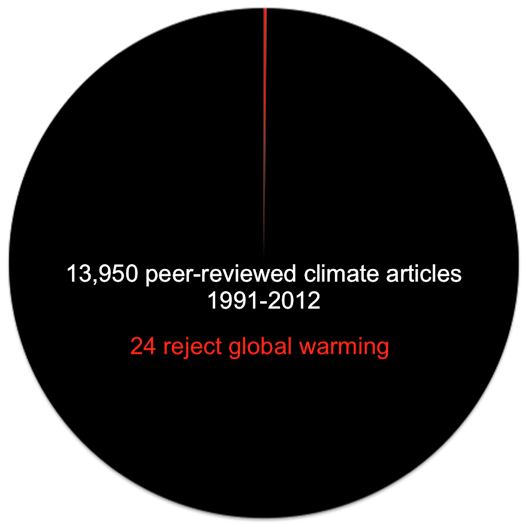 James L. Powell did a similar consensus study with a set of 13,950 articles from 1991 through mid-November 2012, which can be seen all over the television and the internet. But it does not include any breakdown of the data by categories of research or specific levels of endorsement like the Cook study.
James L. Powell did a similar consensus study with a set of 13,950 articles from 1991 through mid-November 2012, which can be seen all over the television and the internet. But it does not include any breakdown of the data by categories of research or specific levels of endorsement like the Cook study.
I created all pie charts on this page directly from the Cook et al. 2013 meta-analysis, “Quantifying the consensus on anthropogenic global warming in the scientific literature”. The data was kindly provided publicly by the study’s authors: John Cook, Dana Nuccitelli, Sarah A Green, Mark Richardson, Bärbel Winkler, Rob Painting, Robert Way, Peter Jacobs and Andrew Skuce…
Fully Breaking Down The Data…
Quantifying the consensus on anthropogenic global warming in the scientific literature
The Study – Data File As HTML – Raw Data File – About the Data
Category:
- Impacts: effects and impacts of climate change on the environment, ecosystems or humanity
- Mitigation: research into lowering CO2 emissions or atmospheric CO2 levels
- Methods: focus on measurements and modeling methods, or basic climate science not included in the other categories.
- Paleoclimate: examining climate during pre-industrial times
Levels of Endorsement:
- Explicit Endorsement With Quantification Explicitly states that humans are the primary cause of recent global warming.
Example: ‘The global warming during the 20th century is caused mainly by increasing greenhouse gas concentration especially since the late 1980s’ - Explicit Endorsement Without Quantification
Explicitly states humans are causing global warming or refers to anthropogenic global warming/climate change as a known fact.
Example: ‘Emissions of a broad range of greenhouse gases of varying lifetimes contribute to global climate change’ - Implicit Endorsement
Implies humans are causing global warming. E.g., research assumes greenhouse gas emissions cause warming without explicitly stating humans are the cause.
Example: ‘…carbon sequestration in soil is important for mitigating global climate change’ - Neutral: No position
Does not address or mention the cause of global warming - Neutral: Uncertain
Expresses position that human’s role on recent global warming is uncertain/undefined.
Example: ‘While the extent of human-induced global warming is inconclusive…’ - Implicit rejection
Implies humans have had a minimal impact on global warming without saying so explicitly E.g., proposing a natural mechanism is the main cause of global warming.
Example: ‘…anywhere from a major portion to all of the warming of the 20th century could plausibly result from natural causes according to these results’ - Explicit rejection without quantification
Explicitly minimizes or rejects that humans are causing global warming.
Example: ‘…the global temperature record provides little support for the catastrophic view of the greenhouse effect’ - Explicit rejection with quantification
Explicitly states that humans are causing less than half of global warming.
Example: ‘The human contribution to the CO2 content in the atmosphere and the increase in temperature is negligible in comparison with other sources of carbon dioxide emission’
Here are all the raw totals:
All 11,944 Papers Categorized:
OK, so if you can’t be neutral on an alarming train, let us try removing the 2/3 of papers that were classified as neutral. Quoting 97% of 11,944 papers would be very disingenuous, though this happens frequently, and my understanding is that their conclusions are indeed focused on these remaining 3,974 papers, and a survey of scientists. I think this is the single most informative pie chart from this study:
Remaining 3,974 Non-Neutral Papers:
Now let’s zoom in again to only the papers which EXPLICITLY endorse or reject, with or without quantification, totaling 1,010 papers.
All 1,010 Papers with an Explicit Position:
Now let’s zoom in one final time at only the papers which EXPLICITLY endorse or reject WITH QUANTIFICATION, leaving only 73 papers with the most falsifiable claims. If we are looking critically at both sides of this debate, this should probably be the most actionable reduction, as it focuses on likely the strongest peer-reviewed evidence for and against the theory.
All 73 Papers with an Explicit Position, with Quantification:
Removing More Potential Bias To Consider Another Subset Of This Data
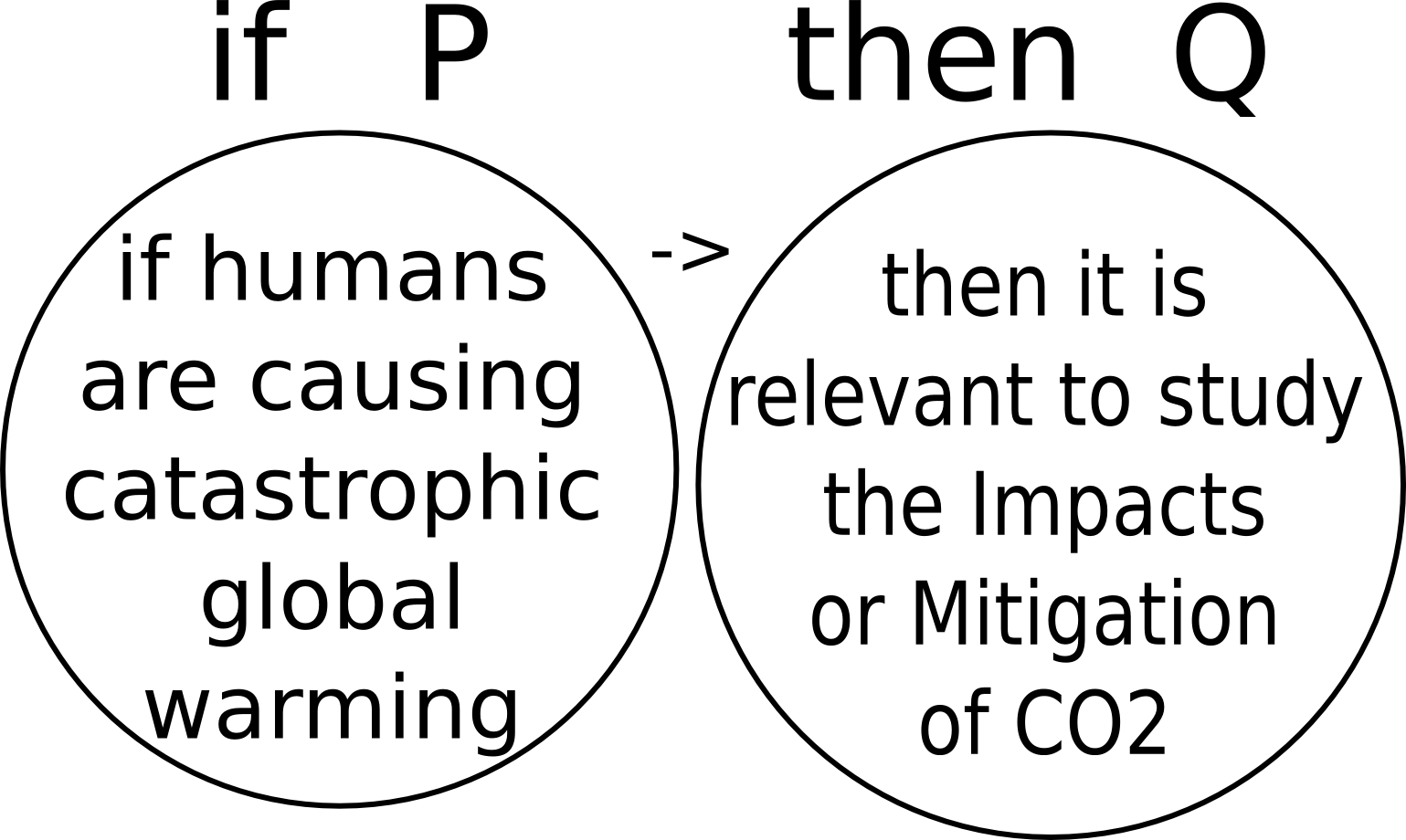 Studying sea levels does nothing to prove that human carbon is alarmingly increasing global temperatures. Studying methods of carbon capture, the effects of higher temperatures on crop yields, the size of polar bear populations, or changing glaciers does literally nothing to prove that human greenhouse gases are dramatically increasing global temperatures.
Studying sea levels does nothing to prove that human carbon is alarmingly increasing global temperatures. Studying methods of carbon capture, the effects of higher temperatures on crop yields, the size of polar bear populations, or changing glaciers does literally nothing to prove that human greenhouse gases are dramatically increasing global temperatures.
Generally speaking, these kinds of research are surely very interesting, valuable, and valid searches for truth, but most do not logically contribute to “settling the science” behind the underlying theory of catastrophic anthropogenic global warming (AGW).
The categories of Impacts and Mitigation, I think by definition, presuppose that humans are causing global warming and they study the consequences of this belief. Such experiments may generally be less designed to prove or test the science behind the paradigm which is presumed as an accurate starting point.
This is clearly a generalization and not absolute, given the fact that some papers categorized this way do reject the theory. But some might argue that studies in these categories potentially have more [systemic/institutional] bias, or even a conflict of interest.
This is also reflected in the massive IPCC reports, the weight of which is often used to argue the large volume of science which proves the AGW theory. This report is comprised of a Synthesis Report (including the Summary for Policy Makers), which summarizes the three main working groups’ reports: The Physical Science Basis (WG1); Impacts, Adaptation, and Vulnerability (WG2); and Mitigation of Climate Change (WG3).
So while the latter two of the three working groups must agree with the theory, they do not generally contribute evidence towards proving the AGW theory as scientific fact, and primarily provide downstream research on the consequences of the theory’s premise.
Studies on Impacts and Mitigation account for 76% of the papers reviewed.
The pie charts below repeat the above analysis applied to the remaining 2,778 papers just on Methods and Paleoclimate (23.3%), but do show very similar ratios.
If nothing else, this section is to satisfy my own curiosity, and I don’t think it shows much more interesting perpectives… ↓ Skip this to ‘Afterthoughts’
All Methods & Paleoclimate Papers:
Again, let us try removing the 70% of the Methods and Paleoclimate papers that were classified as neutral, looking at the remaining 807 papers. This might be one of the more informative subsets:
Methods & Paleoclimate Non-Neutral Papers:
Now let’s zoom in again to only the Methods and Paleoclimate papers which EXPLICITLY endorse or reject, with or without quantification, totaling 233 papers.
Methods & Paleoclimate Papers with an Explicit Position:
Now let’s zoom in one final time at only the Methods and Paleoclimate papers which EXPLICITLY endorse or reject WITH QUANTIFICATION, leaving only 37 papers with the most falsifiable claims.
Methods & Paleoclimate Papers with an Explicit Position, with Quantification:
Afterthoughts…
My research on this detail of the debate started with the study itself after seeing in widely quoted. I quickly saw they had posted the data and started exploring it myself using my native language of PHP/MySQL expressed through a web page.
These conclusions in the data surprised me. After playing with the data, realizing all of this, and writing all this, I found other articles, which will lead to more discussions if you are still interested in this particular data set. Since I still see these consensus numbers everywhere, I am still publishing this essay.
Here I am only looking at the data totals in the published conclusions, a head-count of the science, but if you are interested in a more detailed look at this study’s data, an interesting starting point might be Christopher Monckton’s very critical analysis.

Excellent related School Sucks Project podcasts on scientific consensus:
#334: Scientific Consensus vs. Dissent (Part 1) – Introduction and Definitions
#336: SCvD (Part 2) – Are We Even Having A Discussion
#338: SCvD (Part 3) – Disciplined Minds
“Disciplined Minds”, by Jeff Schmidt, is a very interesting and free audiobook providing some explanations of how groupthink reaches scientific fields too…
Links embedded in this essay:
rationalwiki.org/wiki/Falsifiability
iopscience.iop.org/1748-9326/8/2/024024/article (The Study)
wikipedia.org/wiki/Quantification_%28science%29
merriam-webster.com/dictionary/consensus
merriam-webster.com/dictionary/unanimity
jamespowell.org/methodology/method.html
iopscience.iop.org/1748-9326/8/2/024024/media/erl460291datafile.txt
iopscience.iop.org/1748-9326/8/2/024024/media/erl460291suppdata.pdf
schoolsucksproject.com/podcast-338-scientific-consensus-vs-dissent-part-3-disciplined-minds/
unwelcomeguests.net/Disciplined_Minds
youtube.com/watch?v=fWDc6lpcqzc (Hayden on Consensus)
Solar Not Bombs
-
Solutions
-
IPCC Models vs IPCC Data
-
Warm Consensus Pie
-
About the Author & Bigger Picture
-
Updates (Blog)

